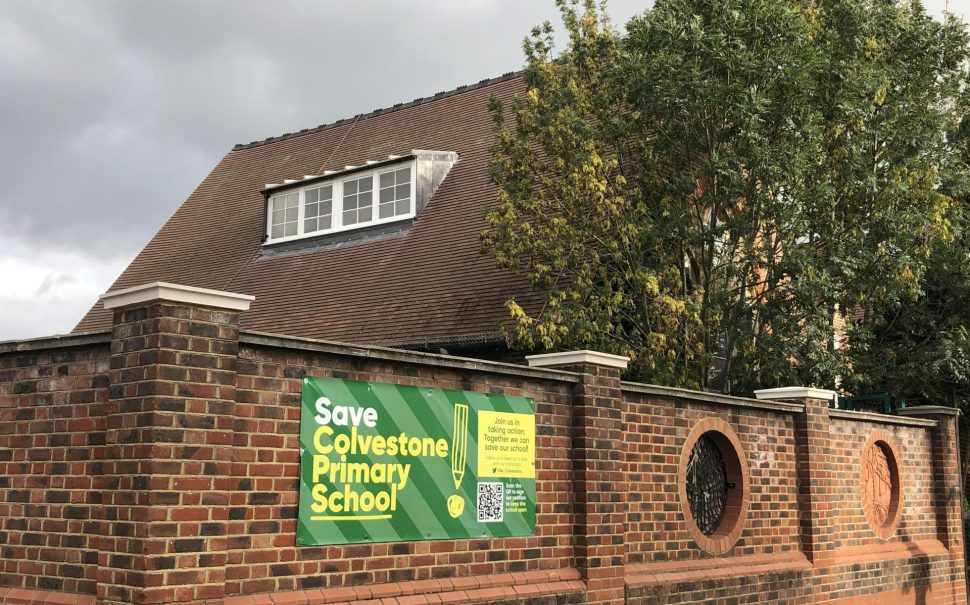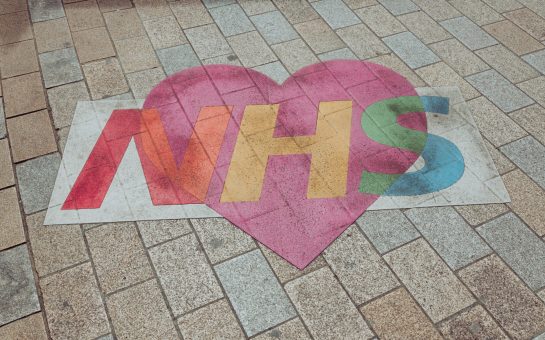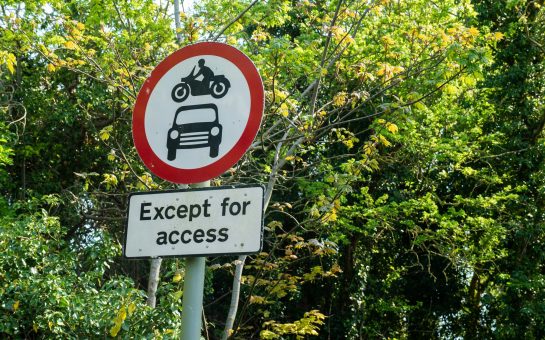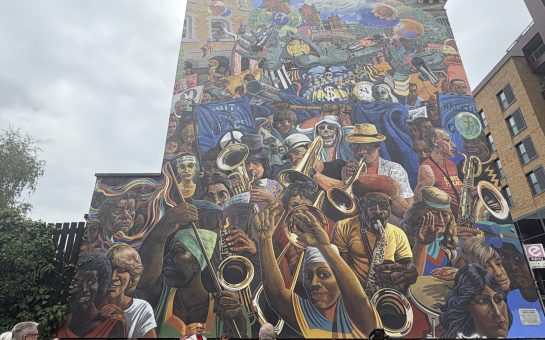London’s schools are shrinking, with 29 of its 32 residential boroughs expecting a significant drop in demand for reception places over the next few years.
Hackney is one of the most affected boroughs, with London Councils predicting reception pupil numbers will fall by more than 10% between 2022-23 and 2026-27, compared to a 5% drop for north east London as a whole.
Despite recent increases in per pupil funding, Hackney Council says schools with high vacancy rates are unsustainable, especially with elevated energy bills.
After covering their fixed costs, schools have less money available for equipment, staff, extra-curricular activities and school trips.
In response to declining admissions rates, the council is considering merging two sets of primary schools, and closing De Beauvoir Primary School and Randal Cremer Primary School altogether.
The council is expected to declare its intentions today, potentially launching a formal consultation.
Parents from Colvestone Primary School, which could be merged onto the site of Princess May Primary School, have set up the Save Colvestone Campaign which has more than 2,000 signatures.
Helen Davis, from the campaign, said: “The council keeps talking in the short to medium term, it’s incredibly short-sighted. Once a school is gone, there is no bringing it back.”
Pupil numbers in Hackney’s 58 state-run primary schools have consistently fallen in recent years, dropping by more than 3% in the first school year after the Covid-19 pandemic began.
The council lists the pandemic as one factor causing families to relocate, as well as Brexit, which has led families to return to Europe.
Jon Tabbush, senior researcher at the Centre for London, studied 20 years of census data on the proportion of households with school-aged children, finding evidence that families were moving away from inner London.
He said: “The factors that will be particularly affecting inner London will be, no surprise to anyone who lives here, housing and childcare costs.
“In terms of childcare, London is the most expensive region of the UK. Inner London has the highest house prices of any region in the UK, by far the highest rents, and there are more than 300,000 households on social housing waiting lists across London, concentrated in inner London.”
The falling demand for reception places is also linked to the long-term decline in birth rates across London, which might explain why secondary schools are not currently seeing such an obvious trend.
In the six primary schools which could be closed or merged, 44.88% of reception places were unfilled in the last academic year, compared to 2.22% in 2014-15.
The rate of reception vacancies across all Hackney schools is 22.23%.
In the last academic year, schools received £6,484 in funding per pupil.
The six schools under consideration received almost £4mn less funding than they would have if they were operating at a healthy vacancy rate.
Under the proposed changes, which would take effect in September 2024, pupils would be accommodated in other Hackney schools with vacancies.
For schools being merged, pupils would be guaranteed a place on the new site.
Class sizes would depend on the number of children whose parents accept this place.
In a survey the Save Colvestone campaign ran with parents of children at the school, more than 90% said they would not consider sending their child to Princess May Primary School.
Davis added: “We understand that there are dwindling pupil numbers across London, so it’s not anyone’s fault, but the way that it’s been managed has been horrific, and at no point has the council really engaged with us as a parental group.
“Colvestone is a single form entry school, there are not many of those left in Dalston, and we have a very high proportion of children with special educational needs and EHCPs [Education, Health and Care Plans].
“These are children for whom parents have carefully chosen Colvestone, because it’s a very small community, it’s a very supportive environment, it’s quiet and it’s reflective.”
The council is currently developing a funding proposal to support the transition of pupils with special educational needs.
The fall in pupil numbers is a London-wide problem.
Only three boroughs are expected to see increased uptake of reception places in the coming years, according to London Councils.
In Camden, four primary schools have been closed and in Southwark, 16 schools are at risk of closure.
With the decline in pupil numbers forecasted to last until 2028, what is the future for schools in Hackney and beyond?
Cllr Anntoinette Bramble, interim Mayor of Hackney and cabinet member for children’s services and education, said: “We are committed to securing the future of Hackney schools, to provide as much continuity as possible for children, families and staff, and to work together with our schools to help them manage their falling rolls.
“Given the scale of the problem and the large number of factors that influence it outside the Council’s control, we will also continue to work together with our partners and other local authorities, as well as to lobby the central government for help, not just for Hackney, but for the wider London area.”
Tabbush said: “There can be a vicious cycle. As schools and nurseries close, areas become even less attractive to parents or prospective parents, so they become more concentrated with young professionals, older people and highly affluent people.
“If we get to the point where, unless you are extremely affluent, raising a child in inner London is essentially completely impossible, then we will have created a city which is very much more class segregated, and by extension, more racially segregated.”
This, he said, also makes it more difficult to hire key workers such as nurses, a problem London is already facing. So, what can be done?
“One thing local councils can do is try not to sell off the school buildings in the meantime, because although we believe this is a long-term arc, we can’t predict the future,” Tabbush said.
Bramble has assured the public that Hackney Council will not sell off the school buildings for private housing development.
For government, Tabbush said, it’s about changing the housing landscape by ending the Right to Buy scheme, which has seen a transfer of housing stock from the public to the private sector, and building more social housing in the inner city.





Join the discussion